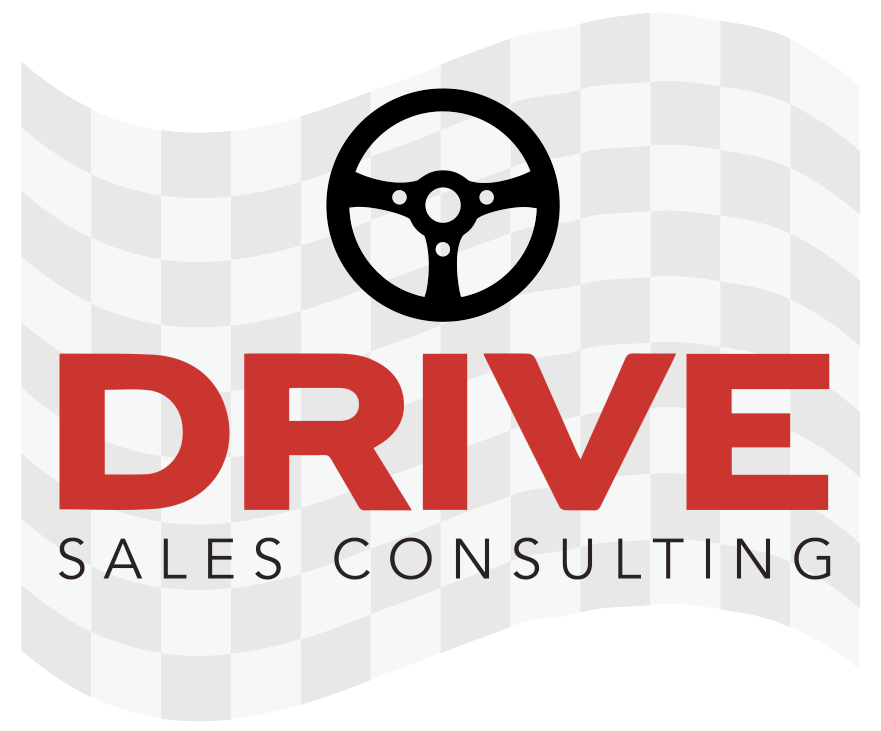Why did your brilliant idea fall flat? In order to answer this important question, we need to recognize that there are three basic elements to communicating a standout idea that commands the client’s attention:
1) Articulating the client’s challenging issue(s),
2) Outlining the elements of your solution, and
3) Connecting the dots between your solution and how it benefits the client.
Most professionals recognize these three basic elements, but what is missing is an understanding of which elements are most important to the client. Of the three elements, professionals are magnetically attached, and can speak chapter and verse, to #2. And, this is natural, it’s their comfort zone. What most fail to realize is that, of the three elements mentioned above, the client is far more interested in #1 and #3. Skimming over or ignoring these conveys to your client two things about you – you don’t understand or care about either the issues they face, and/or how your solution benefits them. The client’s disengagement was a symptom that your message was generic; it failed to align to the client’s challenging issues and/or or to connect the dots between your solution and benefits to the client’s business.
o, as you prepare for your next important meeting or call with a key existing or prospective client, let’s review what you need to know about the three elements; so that when you put your ideas on the table, they are clearly relevant, and compel your client to act – whether that means committing business to you or just agreeing to take an incremental action step to advance the sale.
Challenging Issues
What is driving your client’s interest in taking time away from other work to talk with you? While there are many client contacts who will always accept an invitation to lunch or a round of golf, decision makers and influencers are busy. The more significant the size and scope of their responsibilities, the busier they are. Key contacts are focused on solving challenging issues that are preventing their organization from achieving its short-term objectives and long-term business goals. And they are short on time.
In order to be able to articulate the client’s challenging issues, you need to know (not think you know, not assume you know) what they are. Uncover this key information by asking questions to understand the organization’s objectives and initiatives, who is driving them, and why? How has the client prioritized certain strategic initiatives versus others, and why? You should also discover what stake your contact has in the success or failure of specific initiatives.
Once you understand your client’s challenging issues, you can articulate and validate your understanding in a number of ways. For example, “Here are the things we heard you rank as your top three priorities… How well have we captured this?” By checking for feedback with an open-ended question, you gain an opportunity to course-correct prior to laying out your solution.
Relevant Solution
Leaving it to the client to connect their issues with your solution is a strategy with a low probability of success. You work in a technical business; your organization’s products and services are complex. As a seasoned professional, you have thousands of facts you could call upon in describing your solution. Out of all these facts, which will be relevant to your client? For example, if your work is systems consulting, and you learned that data security is your contact’s challenging issue because of a breach last month, you might conclude that the relevant facts to this client was how your approach, software, risk controls, and services would have responded to that same breach. In addition, you could describe a similar client situation, and the actions you took to address their priority issues.
In the meeting, this would sound like, “Here are the three key parts of the solution we would recommend in order to address your challenge around preventing a data breach: … ”
The key is to select only those facts and features of your products and services, and/or those success stories, that are relevant to the client’s challenging issues, nothing more and nothing less.
Value to the Client
Many professionals leave it to the client to define the value of a solution. In so doing, you leave it to chance that the client will see the full impact of your proposal. You should use specific data (% growth, $ savings, % profit margins, etc.) to support your claims. Another way to position benefits is through success stories, using specific names where appropriate and, where not, describing the company or industry or using aggregate experience.
Here is an example of how you could connect the dots between your solution and its benefits to the client: “We have worked with six organizations this year that have faced a similar issue. The solution we proposed produced an average of $650,000/year in measurable savings, to each organization.”
Increase Client Engagement













